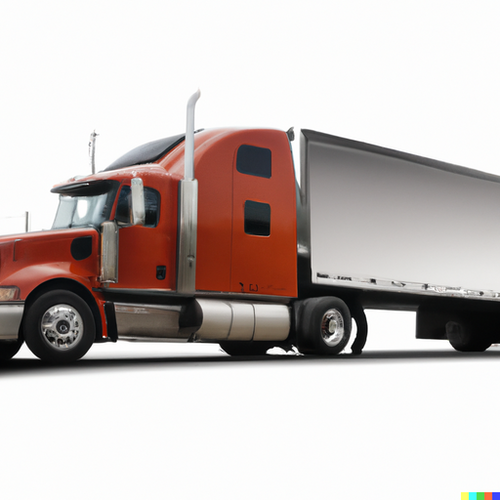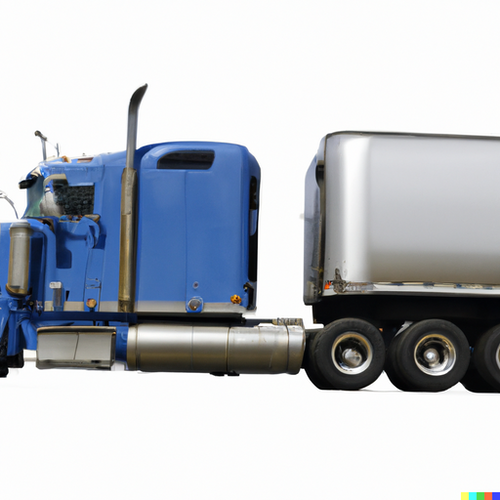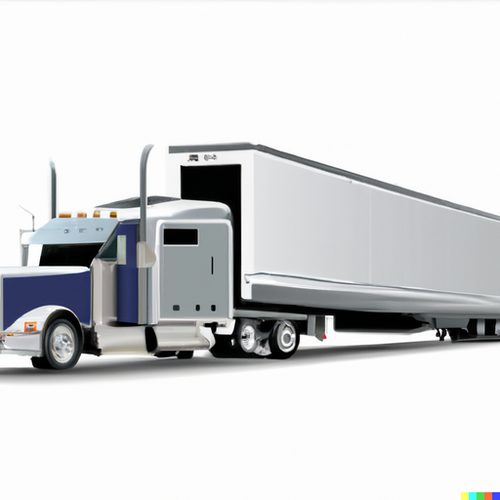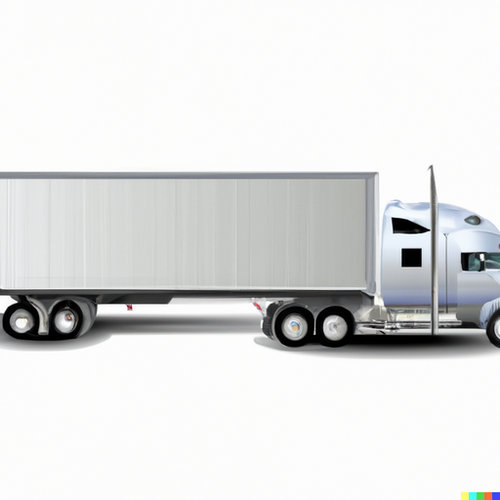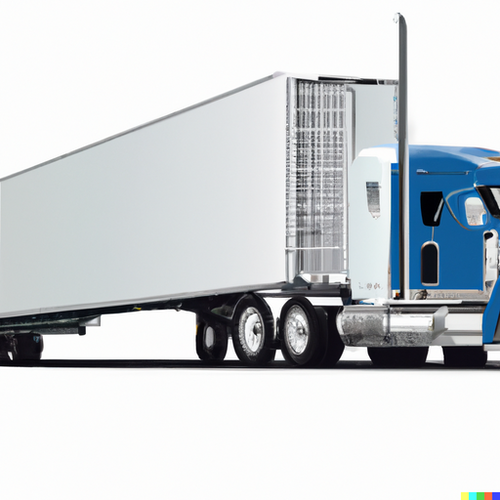Health Issues for Truck Drivers
The impact of truck driver health issues on road safety
The job of a truck driver is often romanticized in popular culture, presenting images of the open road freedom, an enticement to the endless horizon. On the other hand, it is an extremely demanding job that is full of health issues that can directly or indirectly cause accidents. This article focuses on the complicated relationship between health problems for truck drivers and their effect on safety in the road.
1. The Sedentary Nature of the Job:
A long time of truck driving are spent sitting down with no physical activity. This lifestyle of sedentary can lead to a range of health issues, such as the cardiovascular disease, obesity and musculoskeletal issues. These conditions can make it difficult for a driver to react quickly when faced with an emergency, which can increase the chance of causing an accident.
2. Sleep Disorders
Sleep apnea is a disorder in which breathing repeatedly stops and then resumes throughout the night. It is a common occurrence in truck drivers due to overweight and unhealthy lifestyle choices. The disorder can cause fragmented and non-restorative sleep, which may result in fatigue during the daytime diminished alertness, and impaired cognitive abilities.
3. Dietary Challenges
When driving eating healthy food can be limited. Many drivers turn to fast food and processed snacks, leading to poor nutrition. A diet containing a lot of sugar and unhealthy fats could lead to hypertension, diabetes and other ailments that may affect the ability to see, react and general cognitive function.
4. Mental Health Concerns:
Truck driving can be lonely particularly if you are spending long hours away. This, in conjunction with the fact that you are far from family members could trigger feelings of depression, anxiety and loneliness. Mental disorders can impact drivers' concentration and ability to make decisions and react in a timely manner to road conditions.
5. Vision Impairments:
Regular health check-ups might be an option for some truck drivers avoid due to their nomadic existence. In time, untreated eye issues, whether due to age, diabetes or other issues could affect the ability of drivers to recognize hazards or judge distances accurately.
6. Substance Abuse:
Certain truck drivers use prescription drugs or alcohol to manage the pressures of their job. Drug abuse can not only affect judgment and speeds up reaction times but can also lead to drowsiness or overconfidence - an extremely dangerous mix when driving.
7. Chronic Pain and Medication
Chronic pain may be caused by the physical strain when loading or unloading cargo or sitting for long periods of time. This is particularly in the neck and back. To manage this pain the driver may turn to over-the-counter painkillers or prescription medications, some of which may cause drowsiness and decreased alertness.
8. Stress and Fatigue
Meeting tight delivery schedules while navigating through traffic as well as dealing with severe weather conditions can be stressful. Stress over time can lead to fatigue, which reduces the focus of a driver and increasing the risk of errors.
9. Lack of Regular Medical Check-ups
Given their on-the-road lifestyle Truck drivers are often unable to complete regular health screenings. This could mean that potential health issues are not identified and addressed at an early stage, which can lead to them growing and potentially impairing driving ability.
10. Solutions and Proactive Measures
Regular Health Screenings for Drivers Companies that operate trucks should offer regular health check-ups of drivers to identify and address problems that could arise early.
- Dietary interventions: By providing drivers with more nutritious options for meals at truck stops and educating them on the importance of nutrition, you can help them make more healthy eating choices.
Mental Health Assistance - Offering counseling, helplines and support groups for drivers can help to overcome the difficulties they encounter in their field.
- Ergonomic Cab Designs: Increasing the ergonomics of truck cabs can decrease the physical strain on drivers, thus reducing the possibility of musculoskeletal injuries.
- Awareness and Training: Informing drivers about the potential dangers that come with certain health conditions and medications can promote safer driving practices.
Conclusion:
The well-being of truck drivers is intricately linked to the safety of our roads. They are the core of the logistics industry and are entrusted with a large amount of responsibility. Being sure of the wellbeing of these drivers is not only an act compassion, but also a crucial factor in ensuring safer roads. As the public becomes more aware of these issues an effort by transport companies, health experts as well as policymakers can clear the way for better drivers and safer roads.
The Dangers of Semi Trucks with Triple Trailers: A Deep Dive
